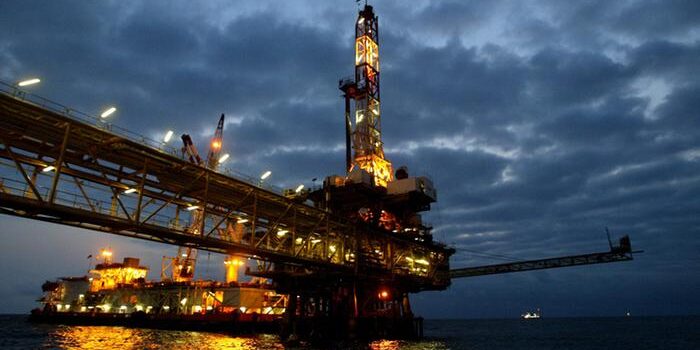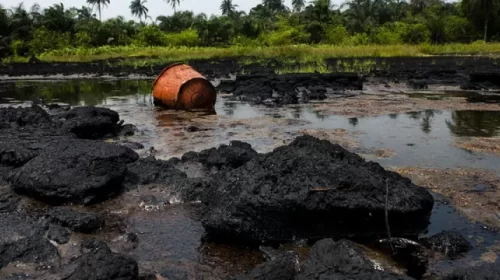Angola’s modest oil output goal reveals a truth on global supply
Want proof of how hard it is for some oil-producing countries to lift supply? Look no further than the west African nation of Angola.
State Secretary for Petroleum and Gas Jose Barroso said Thursday that the country aims to keep production above 1.1-million barrels a day in the coming years.
As ambitions go it’s a very modest one: in 2007, when Angola joined the Organization of Petroleum Exporting Countries, it was pursuing a production target of 2-million barrels a day. It highlights a schism within OPEC+, the alliance of global producers who are meant to be boosting their collective production: some nation’s can — others are struggling.
Angola has the right, under the terms of the pact, to pump 1.33-million barrels a day in September, increasing to 1.45-million barrels by April. Instead, production has been going in the opposite direction, drifting lower even as its OPEC+ target has been rising.
The country relies on foreign oil companies to extract crude from fields thousands of meters below the waters of the Atlantic Ocean. The 2014 oil price crash hit investment in its oil sector hard and production began to fall two years later, when the flow of projects that were already in development came to an end. Crude production fell by a third in little more than four years.
More recently, the nation’s production problems have been compounded by disruption from Covid-19, that has forced companies to delay drilling at existing oilfields, according to Dominic Smith, an upstream research analyst for sub-Saharan Africa at Wood Mackenzie.
If Angola can’t rekindle the interest of foreign oil companies, who are already turning away from costly and uncertain deepwater projects in the face of climate change, even its new output target may soon look optimistic.
![]()




